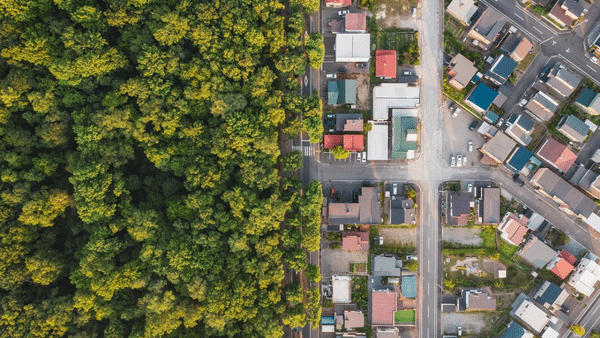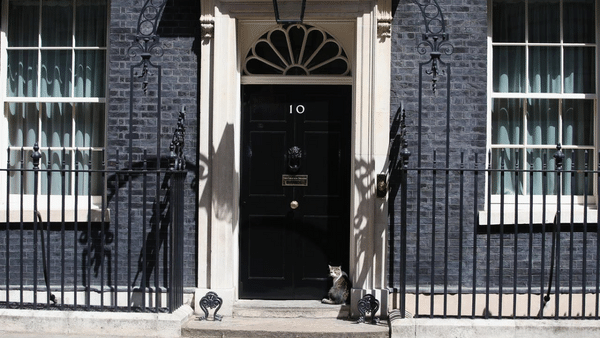At last week's Scottish Renewables Conference, the question was raised whether Scotland could make the advances in cost effectiveness needed for technologies like wind and wave to compete, without subsidy, with other energy sources. An interesting response from the floor was to argue in the affirmative on the basis of the cluster of attitudes, skills and resources now benefiting the industry. All the major political parties in Scotland support investment in renewable energy, as does the public. The country also boasts more than half the world's total research in wave and tidal power. The history of oil and gas provides confidence, experience and a stock of energy-related entrepreneurs and investors.
The answer got me thinking about clusters for public service innovation. They too would require buy-in not just from politicians and senior officials, but key stakeholder and user groups. Also needed would be input from university or think tank specialists in public service reform, and service designers would have a role to play. Vital too would be social entrepreneurs and potential investors (or at least people with expertise in how to lever in investment). And – an often overlooked resource - the cluster would also contain people with expertise in the organisational change process, which is a corollary of substantial innovation.
One approach would be to undertake an initial survey of whether theses aspects of a potential service-related cluster exist in a locality. The implication is that an important part of the full process of innovation is to identify missing elements and try to put them in place.
Of course, the idea of bringing people with different innovation-related skills together to solve a problem isn't at all new. In fact there are many such processes and events, Social Innovation Camp being among the best known. But while SIC focuses on weekend events to develop and refine web based solutions, the innovation clusters I am describing would be just as interested in redesigning institutions and interactions.
More importantly, they would be more like industrial clusters in the sense of being a long term combination of people and organisations working both through formal processes and informal meetings and conversations.
Once the components of a local innovation cluster are in place, the challenge is to find platforms, processes and places so that there are plenty of opportunities for ideas and initiatives to bounce around the cluster. Using the kind of social network mapping tools being used and refined by RSA researchers, it would be possible to track the flow of information and ideas around the cluster.
Overall, public service productivity continues to flat-line. This is an important reason why the social aspiration gap (between people’s needs and expectations and what the state can provide) is widening. Innovation needs to be seen as a continuous imperative for public services. But do most localities have the resources and relationships which offer a fertile soil for innovation to be planted and grow? And, if not, how could public service innovation clusters be created and maintained? These are questions I'd be keen for the RSA to explore further.
Related articles
-
Design for Life: six perspectives towards a life-centric mindset
Joanna Choukeir Roberta Iley
Joanna Choukeir and Roberta Iley present the six Design for Life perspectives that define the life-centric approach to our mission-led work.
-
Inventing meaning and purpose: a politics award for our times
Ruth Hannan
Ruth Hannah is inspiring you to submit your creative and courageous political project to the Innovation in Politics Awards 2022.
-
Open call: Creative collaboration and collective imagination research
Hannah Webster Ella Firebrace
Learn more about the UNBOXED: Collective Futures open call; inviting you to submit what you are doing to help shape better futures for people and planet.



Be the first to write a comment
Comments
Please login to post a comment or reply
Don't have an account? Click here to register.